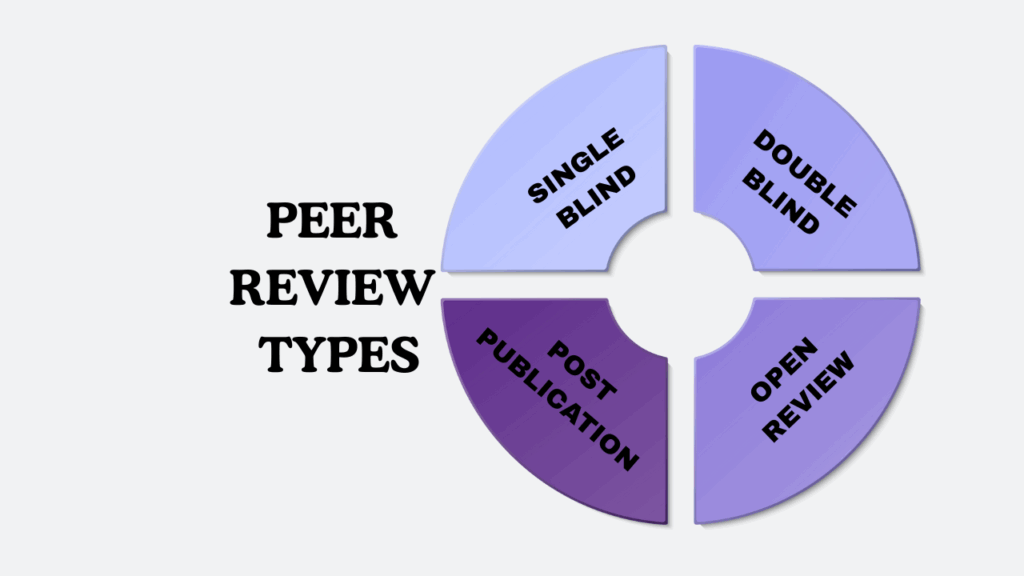Responding to peer review reports: Tips for authors

Journal publications are of ‘gold standard’ because of the peer review process. In essence, we ask our colleagues to evaluate our scholarly communications in an effort to ensure that our findings are reasonable in light of our experiments or arguments, well considered in the context of existing literature, and are communicated effectively. As peer reviewers, our colleagues will have reviewed our work and conveyed to an editor their key interests in, or concerns with, our work. In this brief blog post, I am going to discuss a few tips and tricks to try to make the peer review process as smooth as possible for you as an author. I am going to assume that you have submitted your manuscript and now have some comments back from the reviewers.
Firstly, well done for getting this far! You have written up your work and it is in a publishable form, as the editor has viewed it as worthy of peer review. Peer review reports serve two main functions; to inform the editor so that they may decide whether the work is suitable for publication, and to inform the authors on perceived deficiencies in — and means of improving — their manuscript. The art of responding to these comments, for successful and timely publication, is to address the arguments the reviewers have made to a sufficient extent that the editor will be happy for your article to be published in their journal. Although it is normal for the reviewers to assess your manuscript a second time, you do not want to use your response to reviewers to open a long and drawn out dialogue — the peer review process is not a very good venue for that.
Do not try to second guess your reviewers’ identity. I know many colleagues who go to great lengths to write comments that are disguised from their usual correspondence (for example by changing spelling or grammar styles). And in any case, there is little to gain and much to lose by directing your response towards a particular person.
Read through all the comments that the reviewers have made. For each point raised, you need to provide a correction or clarification in the manuscript, or a punchy argument that can be conveyed to the reviewer. I suggest you take an optimistic view of the comments, they are all useful for improving the quality of your publication; hone your arguments, improve your communication, and make your paper stand the test of time.
Next, copy all of the comments to a blank word processing document. Decide on three colours, for example black = original comments; blue = your response; red = changes to the manuscript. Break down the response into actions or points that need to be addressed. You have two options for each of these comments: (1) revise the manuscript; (2) disagree with the reviewer, supporting your stance with evidence that can be scrutinised by the editor. For all these comments, keep it simple! Make sure you address the point in as simple a manner as possible, such that you deal with the issue and avoid opening up a protracted discussion. On no account should you attempt to avoid any comments or suggestions made by the reviewers, as this generally annoys everyone and wastes time in the process. Experienced reviewers and editors will immediate spot if you are skating around an issue. At a minimum, you should address each point, ideally with a clarification to the original text. This is useful, as the reason that the reviewer has raised a comment is that your argument was not conveyed as clearly as it could have been. For any text or figures you change in your manuscript, copy and paste the relevant section into in your response document, and highlight the changes that you have made. You could highlight the changes in the manuscript too.
On some occasions, you may feel that the reviewer is wrong, or has misinterpreted your argument or results. If so, make sure that you support your assertion with a simple and clear explanation that outlines your argument, preferably with references to the literature. The editor will act as judge and jury on any disagreement you may have, and so you want to give them all the information to be able to make a decision in your favour without having to do extensive research themselves. Do note that if your paper goes out for review again, often more than one reviewer will see your revised manuscript (and arguments). Typically, this second review will be done by the original reviewers, but there are occasions where a third party will be brought in, for example when the original reviewers are no longer available.
Once you have the response and revised manuscript drafted, you should re-read both documents to ensure that you are being professional, polite, and level-headed in your response. You are trying to keep the editor ‘on your side’ in this process, which means you need to supress any unfortunate emotions you hold for the reviewers. Indeed, remember to thank them for their efforts; they’ve voluntarily given their own time to provide feedback on your work.
You may want to include your co-authors in the response process at an early stage – particularly useful if the comments are extensive, concern regions of your paper on which you are not as expert in, or require further experiments. But regardless, once you have your response and revised manuscript complete, you need to seek sign-off from all your co-authors.
When you’ve nearly finished compiling your response, you should draft a short cover letter to the editor which briefly summarises your (positive and professional) feelings on the review. In an ideal world, you would like to persuade the editor that you have successfully addressed all the points raised in the review such that it does not have to go for a second review. This decision lies all with the editor of your journal, and may be subject to a journal policy too. Do not attempt to pull the wool over the editor’s eyes, and bear in mind that pushy authors tend to arouse suspicion in the editor’s mind, which can be rather counterproductive.
After all this hard work, upload your document to the journal through their process and begin the waiting game again. Editor decisions on resubmissions can take from minutes up to a couple of weeks, after which the manuscript may go out for another round of review.
As a quick note, while you will be aware of the reviewers’ formal report, they may have provided the editor with supplementary confidential advice. If the editor feels that these extra concerns should be addressed, they may provide such directions themselves. Moreover, the editor might suggest particular aspects they would like to see changed in a revised version. Treat these comments with equal, or greater care than the other points — the editor has taken time to specifically mention them.
Finally, if you feel that the changes necessary to comply with reviewer comments are too substantial, you might decide to submit your manuscript elsewhere. However, you should still do your best to revise the manuscript as far as possible according to the advice you’ve received — your manuscript will be improved for it. Furthermore, not only might you get the same reviewers at the new journal, but your reviewers may read the final paper when it comes out in print and have a few pointed comments to make at your next conference!
This post was originally posted at Hindawi. Ben would like to thank Thomas Faust (Hindawi) for requesting the piece and assistance in editing the original post.
Dr. Ben Britton is a Senior Lecturer and Royal Academy of Engineering Research Fellow at Imperial College London. This article was published on Dr. Brittion’s Medium blog (available here) and has been republished here with his permission.





